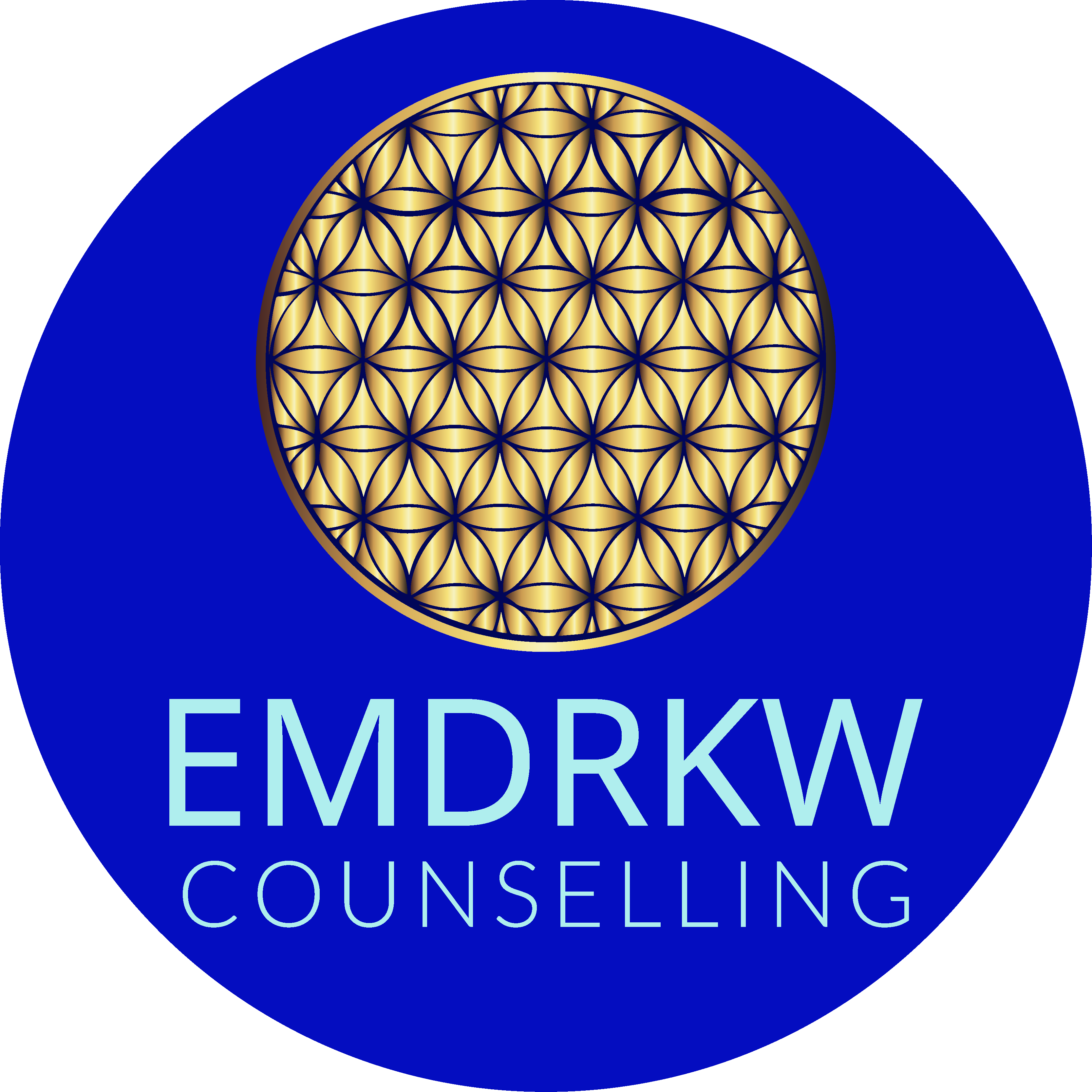
A Journey Through the Chocolate Factory of the Mind - The Unexpected Magic of EMDR
- EMDRKW

- Nov 27, 2024
- 3 min read
Sometimes, EMDR therapy takes you places you never expect—like a chocolate factory. Yes, you read that right. Let me tell you about a moment in one of my recent EMDR sessions that reminded me of just how fascinating and powerful our brains truly are.
The Session That Took Us Back in Time
My client came in to work on a trigger related to friendships. It was a sensitive topic, rooted in years of feeling disconnected and hurt. As we began the EMDR session, her brain did what brains do best: it wandered.
But it didn’t just wander anywhere—it transported her back to a memory from her childhood. She was in a chocolate factory. Yes, a literal chocolate factory. She described the scene vividly: the smells, the colors, the caramelized candy.
At first, it didn’t make sense to me. What could a childhood visit to a chocolate factory possibly have to do with her struggles around friendship today? But here’s the thing about EMDR: it’s not about me making sense of it. It’s about her brain making sense of it.
A Conversation with Her Child Self
As the session continued, she began to talk to her younger self—the little girl exploring that chocolate factory. “The caramelized candy isn’t painful,” she told me, as if she were reassuring her child self that everything was okay.
It sounded cryptic to me. Honestly, I wasn’t sure where this was going. But I didn’t need to know. Her brain knew. And as strange as it seemed, she was uncovering something important about herself.
By the end of the session, she looked at me and said, “I feel lighter. I got some insights from this. It’s hard to explain, but I feel better.”
The Mystery and Brilliance of the Brain
Moments like these remind me of just how extraordinary the human brain is. It’s a mystery, a web of intricate neural pathways connecting memories, emotions, and beliefs in ways we may never fully understand. Our subconscious speaks a language of symbols and images, one that our conscious minds often can’t decode.
This is where EMDR shines. Unlike traditional talk therapy, EMDR doesn’t require us to rationally unpack every memory or emotion. It taps directly into the brain’s natural processing system, allowing the subconscious to do the work it needs to do.
In this session, my client’s brain didn’t need to justify why the chocolate factory mattered or why the caramelized candy wasn’t painful. Her brain simply connected the dots, reprocessed the memory, and found a way to release the emotional weight tied to her friendships.
Why EMDR Is Different
In talk therapy, we could have spent hours analyzing her friendships, dissecting her thoughts and feelings, and brainstorming solutions. But here’s the truth: we could have talked forever and still not helped her brain process the trauma underlying those triggers.
EMDR doesn’t require us to know exactly how or why trauma is stored. It simply allows the brain to heal itself in its own unique way. It’s like unlocking a hidden door and letting the brain do what it’s designed to do—reprocess and find peace.
As a therapist, I’m not in control of this process, and that’s the beauty of it. My role is to guide, to hold space, and to trust that my client’s brain knows what it’s doing.
The Power of EMDR Therapy
This chocolate factory moment was a perfect reminder of the power of EMDR. Every person’s brain is different. Every person’s trauma is unique. And every person’s healing process will look different, too.
So, if you’ve ever wondered why you can talk and talk about your problems and still feel stuck, this is why. It’s not because you’re doing something wrong. It’s because talking alone can’t always reach the deep, tangled pathways of the brain where trauma resides.
EMDR isn’t magic, but it feels magical sometimes. It works in a way that’s hard to put into words because it taps into the subconscious—a realm that doesn’t follow the logic of our conscious minds.
And that’s why I love this work. Because somewhere, deep in that chocolate factory, my client found a piece of herself she didn’t know she was looking for. And she walked out of that session just a little freer, a little lighter, and a little more whole.
--
Gulin Aydin, MSW, RSW
Clinical Director, EMDR Consultant
EMDR KW Counselling




Comments